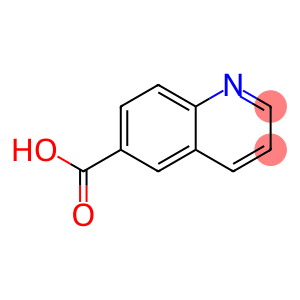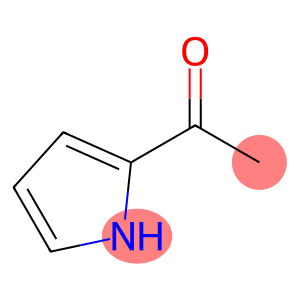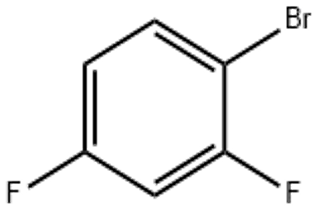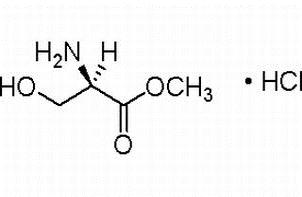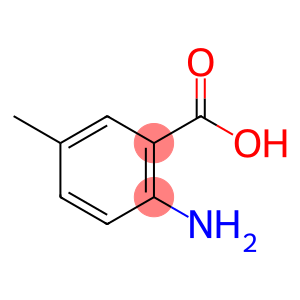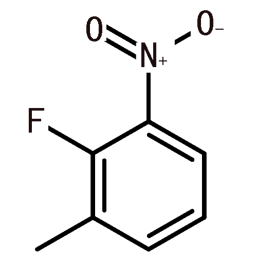Quinoline-6-carboxylic acid(CAS#10349-57-2)
| Hazard Symbols | Xi – Irritant |
| Risk Codes | 36/37/38 – Irritating to eyes, respiratory system and skin. |
| Safety Description | S37/39 – Wear suitable gloves and eye/face protection S26 – In case of contact with eyes, rinse immediately with plenty of water and seek medical advice. |
| TSCA | Yes |
| HS Code | 29334900 |
| Hazard Class | IRRITANT |
Introduction
Quinoline-6-carboxylic acid is an organic compound. The following is an introduction to the properties, uses, preparation methods and safety information of quinoline-6-carboxylic acid:Quality:- Appearance: Quinoline-6-carboxylic acid is white or off-white crystals.- Solubility: It has low solubility in water and is soluble in organic solvents such as ethanol and dimethyl sulfoxide.Use:- Quinoline-6-carboxylic acid has a wide range of applications in the field of chemistry and is often used as an important intermediate in organic synthesis.- Quinoline-6-carboxylic acid can also be used in the synthesis of high-performance polymers and coatings.Method:- Quinoline-6-carboxylic acid is prepared in a variety of ways, and the common method is obtained by the condensation reaction of phenol and acrylic acid.- In the reaction, phenol and acrylic acid react under acidic conditions to form quinoline-6-carboxylic acid, which is crystallized or purified to obtain a pure product.Safety Information:- Quinoline-6-carboxylic acid is generally safe for routine use, but there are still some safety precautions to be aware of.- Wear protective gloves and goggles and provide good ventilation when operating.- Avoid inhalation or contact with skin, eyes, and mucous membranes.- Laboratory safety protocols and regulations should be followed when handling the compound.


